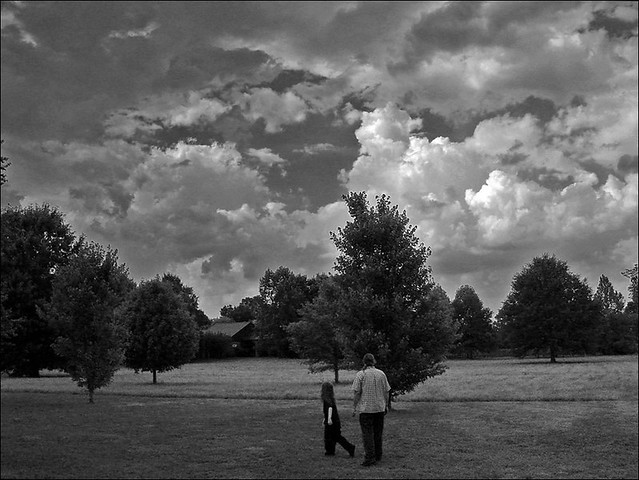Emerson writing of the American Indian Removal of 1838 said, it was a “crime that really deprives us as well as the Cherokees of a country; for how could we call the conspiracy that should crush these poor Indians our Government, or the land that was cursed by their parting and dying imprecations our country, any more?â€
New Echota was for a brief period of time the capital of the Cherokee Nation in Georgia. The attempt to protect Cherokee lands failing, they were rounded up by thousands of Federal soldiers, placed in stockades, then sent to Oklahoma on the infamous Trail of Tears. Over 4000 individuals died.
The New Echota State Park, a memorial to the Cherokee people, was established in the early 1960s, and with its establishment laws had to be changed which had been implemented to prevent the return of the Cherokee and which had never been taken off the books.
My husband has Cherokee/Chahta ancestry. Earlier this month, on my husband’s birthday, we drove to New Echota to walk the streets of New Town with our son who has Cherokee/Chahta ancestry through his father, and Ioway ancestry through me.
We appeared to be the only ones there. Before starting on our unguided walk around the grounds we sat alone in the theater and watched a 17 minute movie on the history of New Echota. As the movie ended, hearing a clearing of throat that announced the entrance of another person, I expected the park ranger who’d ushered us into the theater but instead it was another park ranger. He looked eager. First he offered a bit of information on the surrounding exhibits, I think as part of a trial move to see how ready we were to listen, then given half an opportunity he started amending the history given in the movie (and he had done his history) telling us all about the suffering of the Cherokee and their ill treatment by Anglo-European settlers and how the generic histories aren’t accurate on the account. What he wanted us to leave with was a knowledge of how the Cherokee were and are a people, not just illustrations on the movie screen, and while he talked I wondered, it being North Georgia, how many visitors had at least some Cherokee ancestry. We didn’t mention anything about distant Cherokee ancestry or that we already knew much of the history he was relating. It’s something that’s just meaningful to us, and it was good to hear him talking with such passion on the subject.
It was late in the afternoon and the park closes at 5, so we had to disengage and get on with our tour, though it would have been nice to talk a little longer. By now there was another family, a young woman with two young children. Our courses sometimes intersected but did so without conversation. The mother wasn’t interested in saying hello but a girl H.o.p.’s age was obviously interested in H.o.p., smiling at him and as they walked past us once she did what she could to put herself on a collision course. H.o.p., interestingly, was bashful for the first time in his life as she waved and grinned, doing her best to almost collide with him in passing, to which he responded by barely acknowledging her, ducking his head down while also glancing up with a shy half-smile and stepping around her. Because he was forced to step around her as she wasn’t moving out of his way.
There’d been a brief drizzle before we arrived at the park, but not long after we began our walk, the thunders made an appearance in earnest, rumbling the air and easing the heat with a shower of respectable length and vigor. As many of the reconstructed buildings were closed (we could look through the open windows at the exhibits) we waited out the heavier parts of the showers on the porches. The earth roads that follow the plan of New Town became muddy, became swampy, so we kept to the grass. But H.o.p. was in his moccasins (mass-manufactured mocs that he simply wears because he’s got crazily sensitive feet and these feel good on his feet) and the mocs ended up saturated and caked with mud and his pants soaked up to the knee. Fortunately, as part of day trip equipment, we’d brought along a change of clothes for him. Fortunately, too, I got H.o.p. in some Keen sandals early this summer, or at least bought him some because they are thus far the only other shoe he’s tried on in years that he said felt good. He wouldn’t wear them all summer, stuck to his mocs, but several weeks ago had no option but to wear them, remembered how great they felt, and has at least not argued since against them. The mocs were, after a year’s worth of hard wear, done in by New Echota and I need to order him some more.
After our walk we returned to the museum but only did a hasty brush through as they were getting ready to close. I bought a small book on finger weaving, which I’ve tried before, self-taught. I may try making a sash for H.o.p.
I’ve got a few pics from New Echota and will put them up later but they’re not much.

Leave a Reply